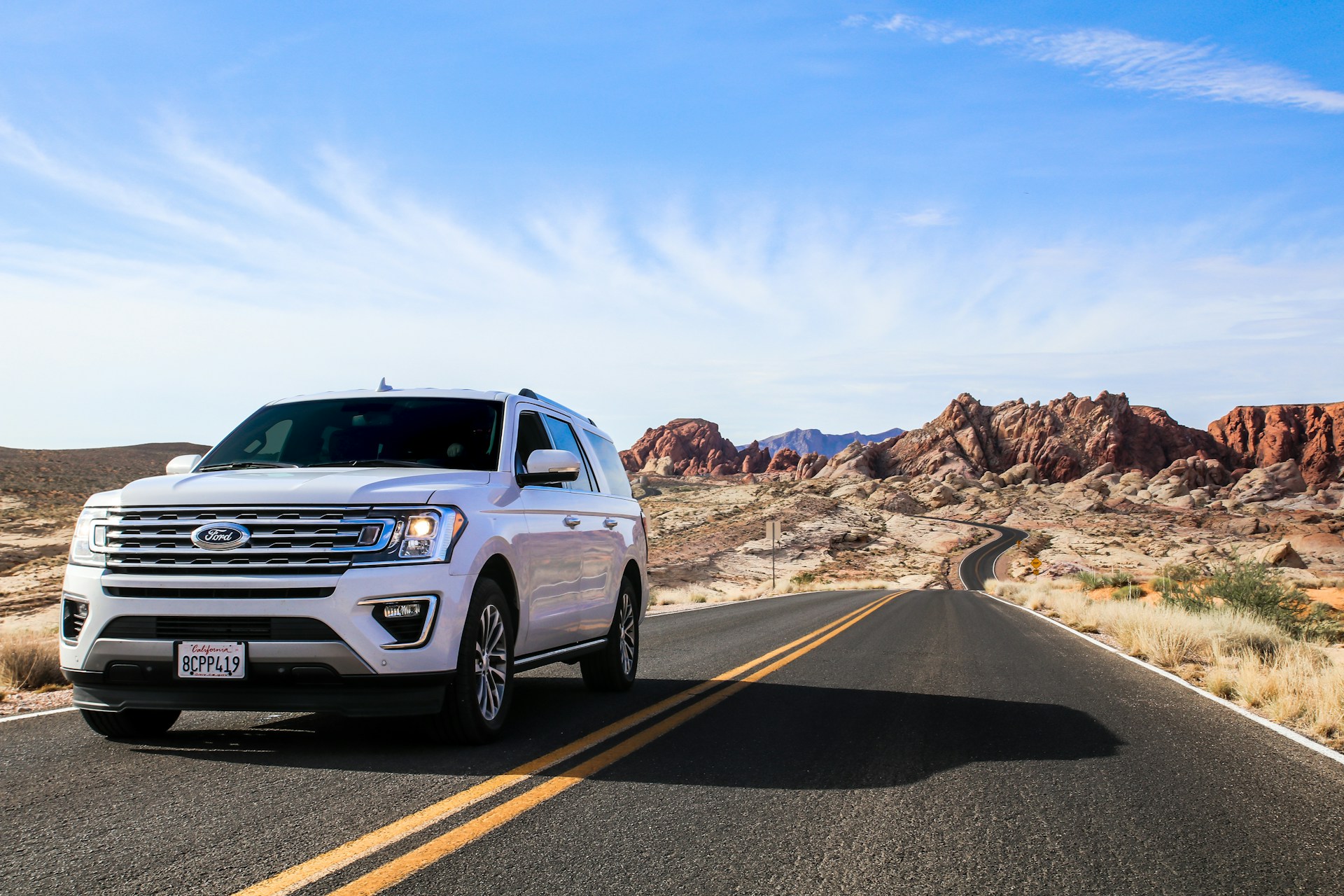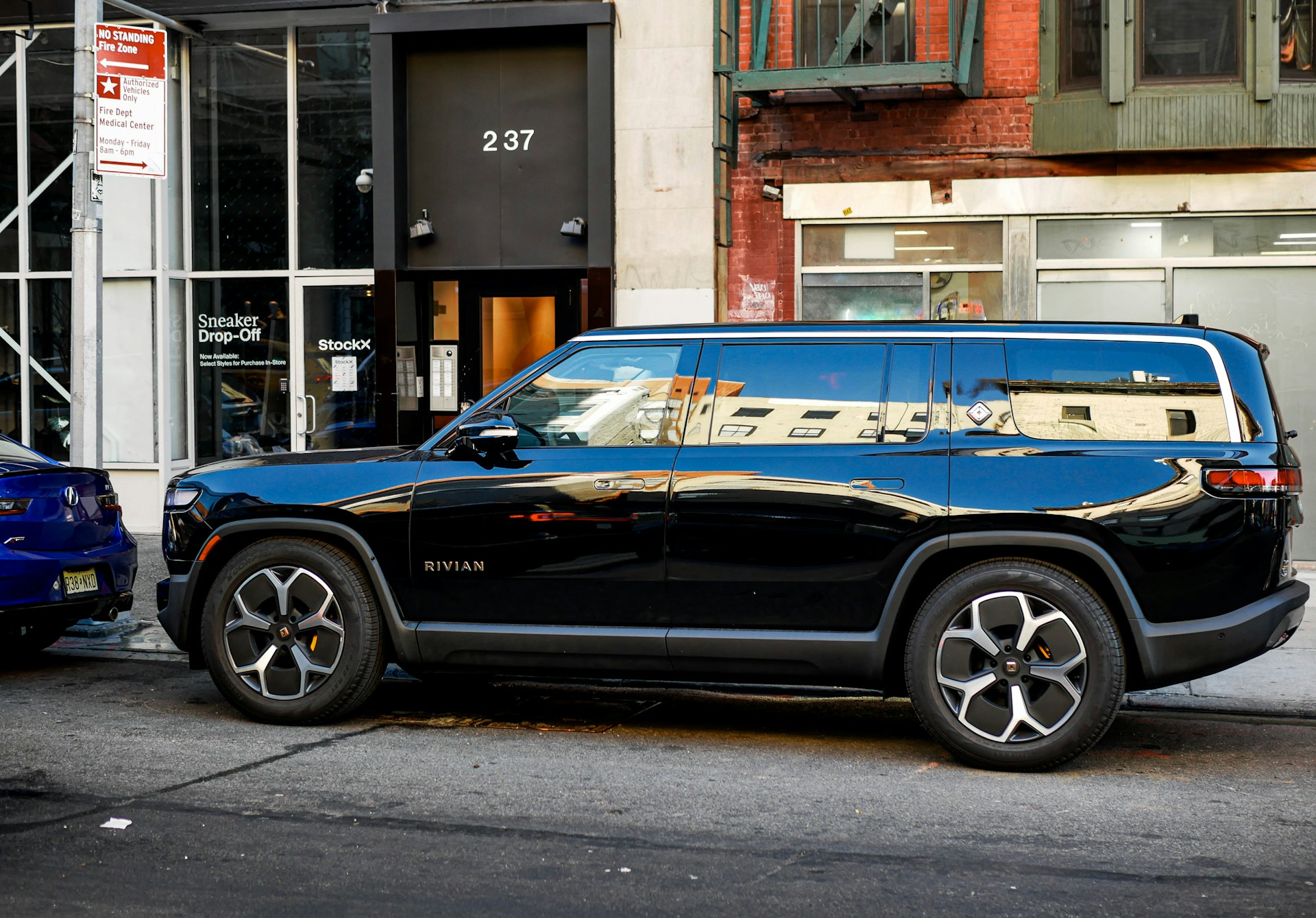A dead car battery can leave you stranded, but you don’t need jump leads to get moving again. This guide provides clear, step-by-step instructions for jump-starting your car without jump leads. Follow these practical solutions to safely revive your vehicle and hit the road.
Push-Starting a Manual Transmission Car
Push-starting is a reliable method for manual transmission cars when jump leads aren’t available. It uses the car’s momentum to turn the engine over. Here’s how to do it safely and effectively.
- Check your car type: Confirm you have a manual transmission, as this method won’t work for automatics.
- Turn on the ignition: Switch the ignition to the “on” position without starting the engine.
- Shift to neutral: Ensure the car is in neutral and the parking brake is off.
- Gather help or find a slope: Enlist friends to push or use a gentle downhill slope to gain speed (5-10 mph).
- Get in position: Sit in the driver’s seat, ready to engage the clutch.
- Shift to second gear: As the car gains speed, press the clutch and shift into second gear.
- Release the clutch: Let go of the clutch quickly to start the engine. Repeat if it doesn’t catch.
- Check surroundings: Ensure the path is clear to avoid collisions or hazards.
This method requires coordination, so communicate clearly with helpers. If the engine doesn’t start, try again with more speed. Avoid this technique in heavy traffic or on steep slopes for safety.
Jump-Starting Using a Portable Battery Pack
A portable battery pack is a compact, effective tool for jump-starting any car. It’s easy to use and perfect for solo drivers. Follow these steps to get your car running.
- Verify charge: Ensure the battery pack is fully charged before use.
- Locate battery terminals: Find the positive (+) and negative (-) terminals on your car’s battery.
- Connect the positive clamp: Attach the red clamp to the positive terminal.
- Connect the negative clamp: Attach the black clamp to an unpainted metal surface (ground) on the car.
- Turn on the pack: Activate the battery pack and wait 1-2 minutes.
- Start the car: Turn the ignition key to start the engine. Wait a few minutes and retry if it fails.
- Disconnect safely: Remove clamps in reverse order (negative first, then positive).
- Store properly: Keep the pack charged and stored in your trunk for future emergencies.
Portable battery packs are affordable and widely available. Always read the device’s manual for specific instructions, as models vary. This method works for both manual and automatic cars.
Borrowing Power from Another Car with Wires
If jump leads are unavailable, you can use insulated wires or cables to borrow power from another car’s battery. This method requires caution to avoid electrical damage. Here’s how to proceed.
- Find a donor car: Park a working car close to yours, ensuring battery access.
- Gather materials: Use insulated wires or cables with alligator clips for safe connections.
- Connect positive terminals: Attach one end of a wire to the positive terminal of the donor battery and the other to your battery’s positive terminal.
- Connect negative terminals: Connect the negative terminals to a metal ground on each car (e.g., an unpainted bolt).
- Start the donor car: Let it run for 2-3 minutes to transfer power.
- Attempt to start your car: Turn your ignition key. Retry after a few minutes if it doesn’t start.
- Disconnect carefully: Remove wires in reverse order to avoid sparks.
- Check connections: Ensure wires are secure during the process to prevent electrical issues.
This method is riskier than using jump leads, so double-check connections. If unsure, wait for professional help to avoid damaging either vehicle.
Using a Battery Charger
A battery charger can revive a dead battery if you have access to an electrical outlet. It’s slower but effective for home use. Follow these steps to charge and start your car.
- Locate an outlet: Ensure you’re near a power source, like a garage outlet.
- Connect the charger: Attach the positive clamp to the battery’s positive terminal and the negative clamp to the negative terminal.
- Set the voltage: Adjust the charger to 12 volts (standard for most cars).
- Plug in the charger: Connect it to the outlet and let it charge for 30-60 minutes.
- Check progress: Monitor the charger’s indicator for charge status.
- Try starting the car: Attempt to start the engine after charging. Extend charging time if needed.
- Disconnect safely: Unplug the charger and remove clamps (negative first).
- Store the charger: Keep it in a dry, accessible place for future use.
Regularly test your battery to avoid needing this method. Chargers are great for long-term maintenance but require patience.
Tow-Starting with a Rope
Tow-starting uses another vehicle and a tow rope to start a manual transmission car. It’s effective but requires careful coordination. Here’s how to do it safely.
- Confirm manual transmission: This method only works for manual cars.
- Secure a tow rope: Use a strong, rated tow rope and attach it securely to both vehicles.
- Turn on ignition: Set the dead car’s ignition to “on” and shift to neutral.
- Signal the pulling car: Coordinate with the other driver to start moving slowly (5-10 mph).
- Shift to second gear: Press the clutch, shift to second, and release the clutch quickly to start the engine.
- Disconnect the rope: Once the car starts, carefully detach the tow rope.
- Ensure safety: Check for traffic and communicate clearly with the other driver.
- Avoid automatics: This method won’t work for automatic transmission cars.
Use this method only with a proper tow rope and in a safe area. Practice in a controlled environment to master the timing.
Checking and Cleaning Battery Connections
A dead battery might just have loose or corroded connections. Checking and cleaning terminals can often fix the issue. Follow these steps to restore power.
- Locate the battery: Find the battery under the hood and inspect terminals.
- Check for looseness: Use a wrench to tighten any loose clamps securely.
- Look for corrosion: Spot white, powdery buildup on terminals, indicating corrosion.
- Clean terminals: Mix baking soda and water, then scrub terminals with a brush. Rinse and dry thoroughly.
- Reconnect clamps: Ensure tight, secure connections after cleaning.
- Try starting the car: Turn the ignition to test if the car starts.
- Wear gloves: Protect your hands from battery acid during cleaning.
- Maintain regularly: Check terminals monthly to prevent future issues.
This quick fix is often enough to avoid jump-starting. Keep a small toolkit in your car for easy access.
Preventing Future Battery Issues
Preventing a dead battery reduces the need for emergency jump-starts. Adopt these habits to keep your battery healthy and your car reliable.
- Turn off electronics: Switch off lights, radio, and devices when the engine is off.
- Drive regularly: Take your car for a 20-minute drive weekly to charge the battery.
- Test the battery: Use a voltmeter or visit a mechanic annually to check battery health.
- Replace old batteries: Swap out batteries every 3-5 years, depending on usage.
- Avoid extreme weather: Park in a garage during harsh winters or summers to protect the battery.
- Check for drains: Have a mechanic inspect for parasitic drains if the battery dies often.
- Keep tools handy: Store a portable charger or battery pack in your car.
- Monitor warning signs: Watch for dim lights or slow cranking, indicating battery issues.
Proactive maintenance saves time and stress. Regular checks ensure you’re never caught off guard by a dead battery.
Conclusion
Jump-starting a car without jump leads is possible with methods like push-starting, portable battery packs, or tow-starting. Each approach is practical and safe when done correctly. Keep your battery maintained and tools ready for emergencies.
For quick, reliable help, contact our Jump Start Service to get back on the road.








